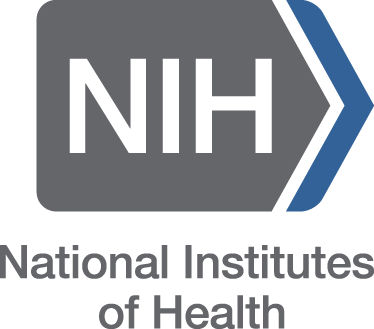Fishery supply chain traceability by using blockchain
DOI:
https://doi.org/10.63001/tbs.2024.v19.i02.S.I(1).pp270-276Keywords:
supply chain, Blockchain, smart contracts, TraceabilityAbstract
The risk to food safety has increased due to a rise in global food demand. The number of fish consumed has grown over time. Presently, aquaculture farms provide over half of the fish that people eat. Similar to other food goods, fish and fishery products must be traceable in order to either notify consumers about the fish's journey through the value chain or to recall fish lots in the event that there is a health risk to the public. The fishing sector boosts the country's economy and is very susceptible to trade due to its lengthy shipping times, short consumption windows, and seasonal fluctuations in trade volume. The increasing number of research demonstrates how the blockchain era's potential in the food sector is blossoming with application cases across many geographies. Together with smart contracts, blockchain ensures an unchangeable and transparent framework that enables creative business solutions. This article details the analytical stage of a project that intends to provide a platform for combining all the data regarding the fish's origin and every stage of its journey, including high- quality information, until it reaches the end user. A blockchain technology framework for the fishing sector is proposed in this paper. Additionally, this study will look into how blockchain technology can be integrated into the supply chain. In this work, we describe an Ethereum blockchain-based private system that may be used to manage fishing supply chain operations in a secure, confidential, transparent, decentralized, and reliable manner.






























